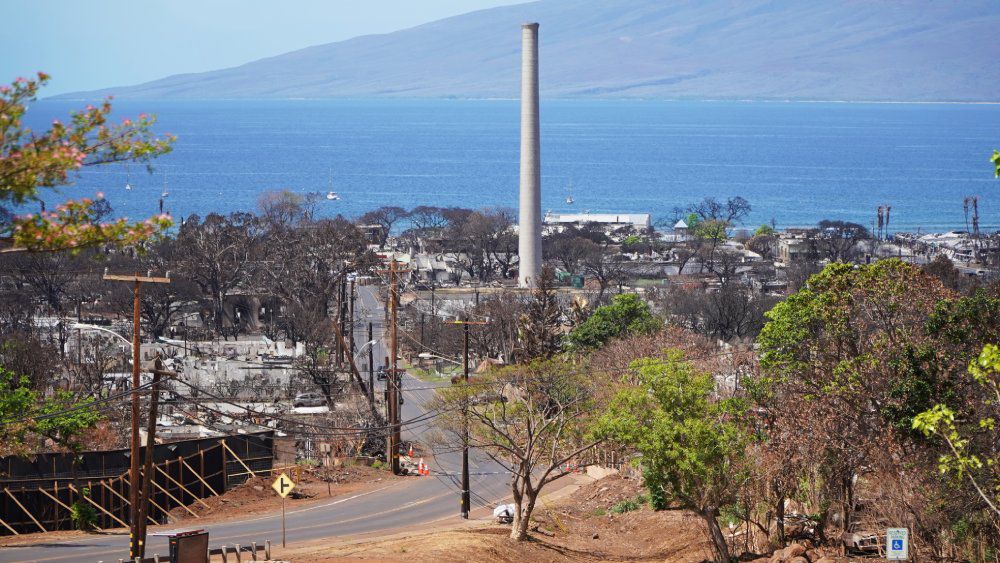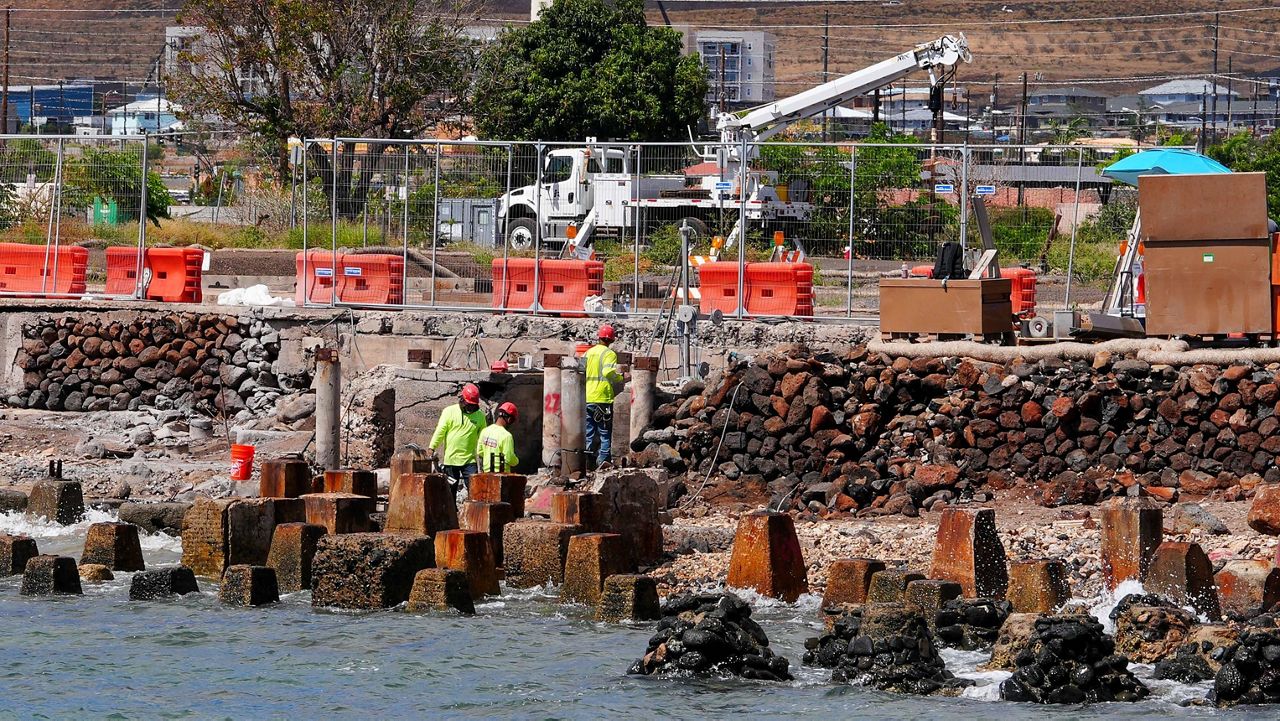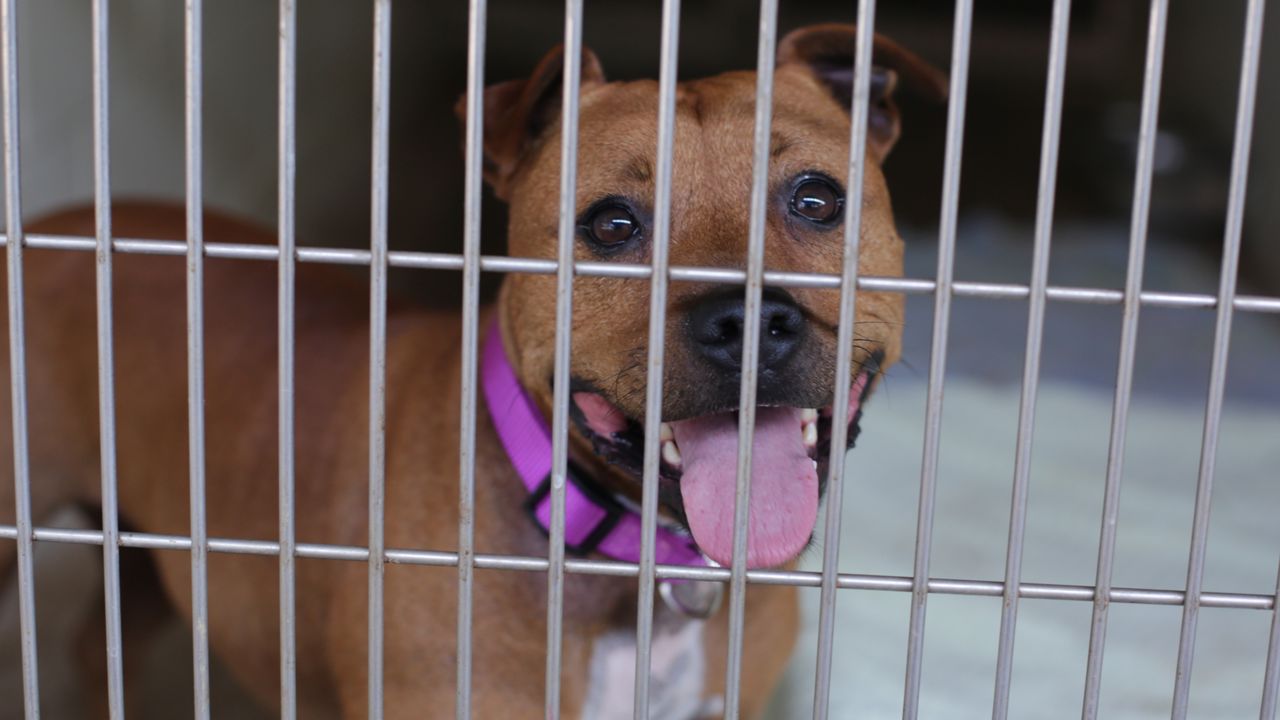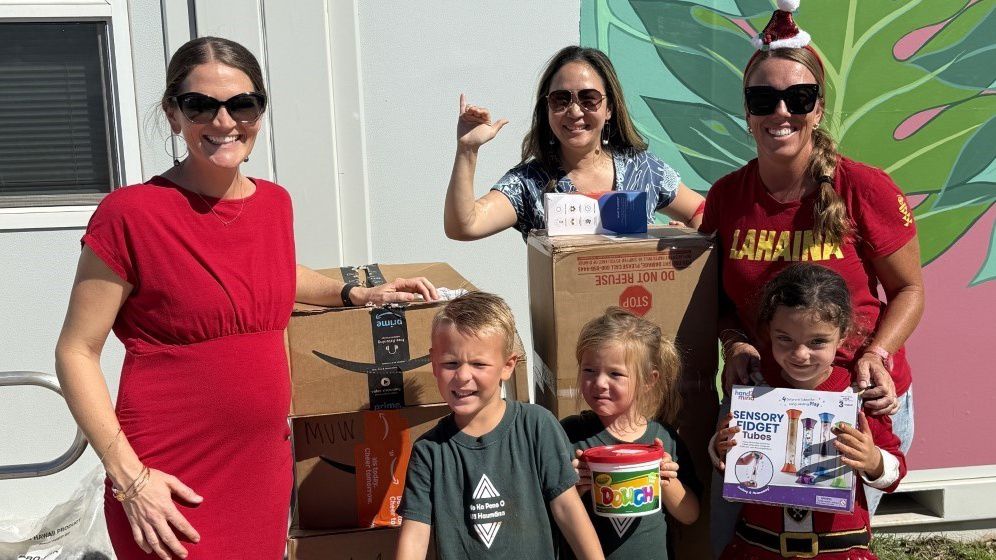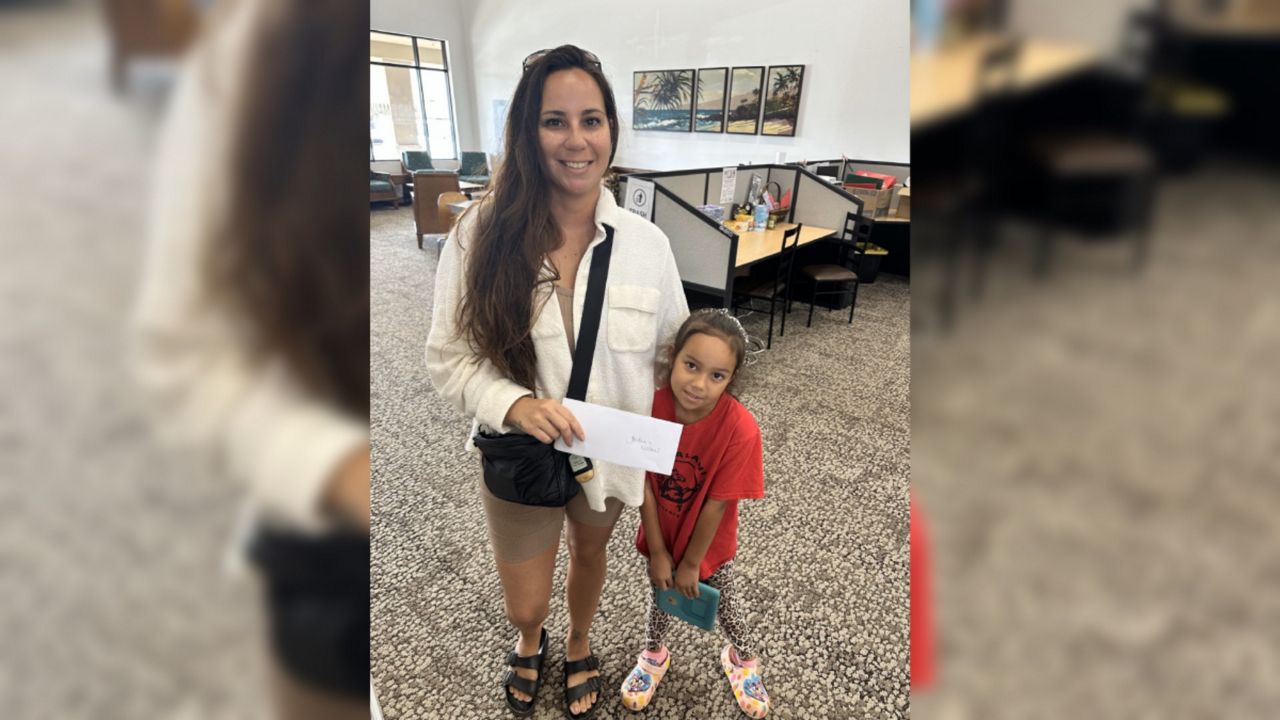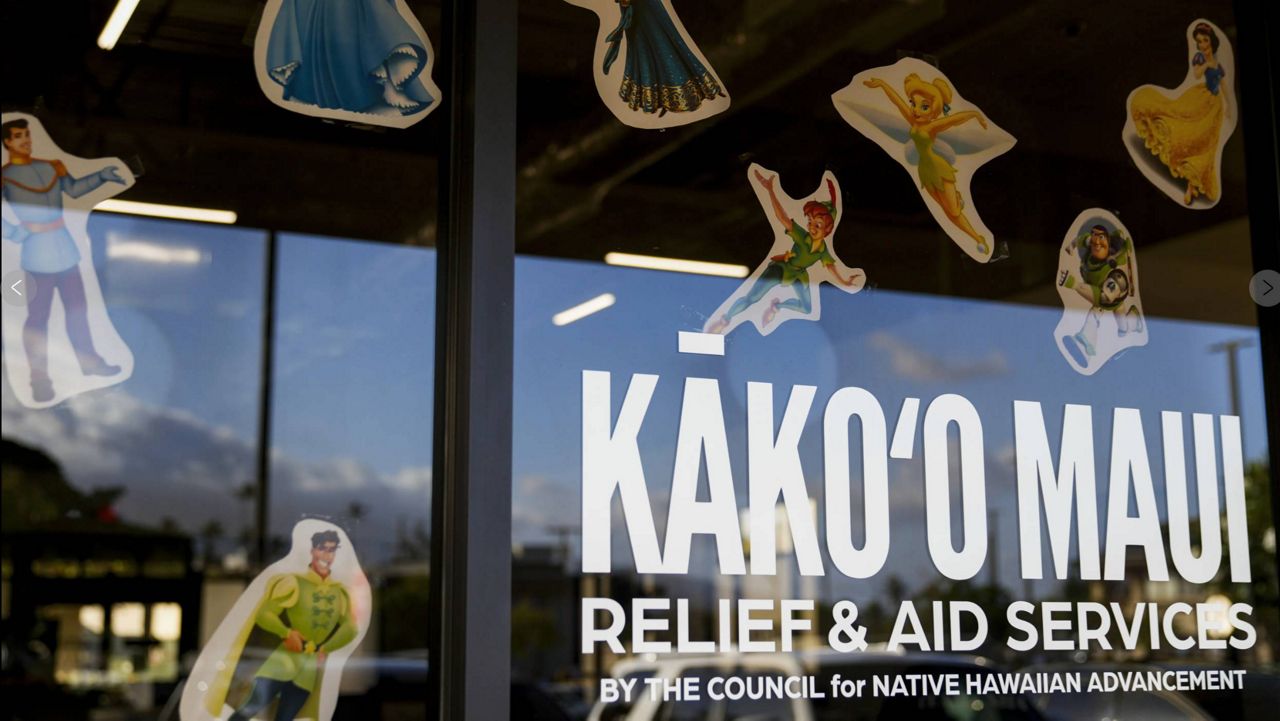Maui County officials announced that Lahaina’s County sewer system is now 100% active — a significant milestone in the aftermath of the Aug. 8, 2023, wildfire.
The last area to be re-connected to the sewer system — 62 parcels in the Wahikuli Terrace Subdivision — started receiving full sewer service on April 16, 2025, according to a news release.
“The County of Maui was faced with a daunting task when our sewer infrastructure in Lahaina was severely damaged by the August 2023 wildfire,” said Maui Mayor Richard Bissen. “Thousands of linear feet of sewer lines, three wastewater pump stations and our only wastewater reclamation facility on the west side of Maui were affected. I want to commend our Wastewater Reclamation Division personnel for their hard work both in the immediate aftermath of the disaster and in the following months that allowed for this critical infrastructure to be restored.”
When County crews started to repair sewer lines in April 2024, about 1,822 lots had inactive sewer service. In Oct. 2024, the contractor Mocon Corp. began working too, ramping up progress on repairs. Now, a year later, all 3,526 sewered lots in West Maui are active.
Maui’s Department of Environmental Management Director Shayne Agawa thanked staff with the Wastewater Reclamation Division, U.S. Environmental Protection Agency, Federal Emergency Management Agency, U.S. Army Corps of Engineers and other federal and state partners, including the City of Santa Rosa, Calif., for helping with Lahaina’s sewer.
“Most of all, I would like to thank our residents of Lahaina for their patience and understanding while we worked to restore sewer service,” Agawa said.
After the USACE completed the Fleming Road sewer line, in order to support FEMA’s Kilohana temporary housing, the Wahikuli Terrace lots were able to be brought online.
While the Fleming Road sewer line was built for the Kilohana temporary housing, 28 residential properties in the area will also be able to tie into the sewer line, which is being turned over to the County, and disconnect from their cesspools.
“When we build 167 units, it takes a tremendous effort from everyone in the community to make it happen,” said Bob Fenton, Regional Administrator for FEMA Region 9. “But with this project, we’ve done more than just build housing — we’re also supporting the neighboring community by providing them access to a new sewer system, helping move them off cesspools permanently.”





